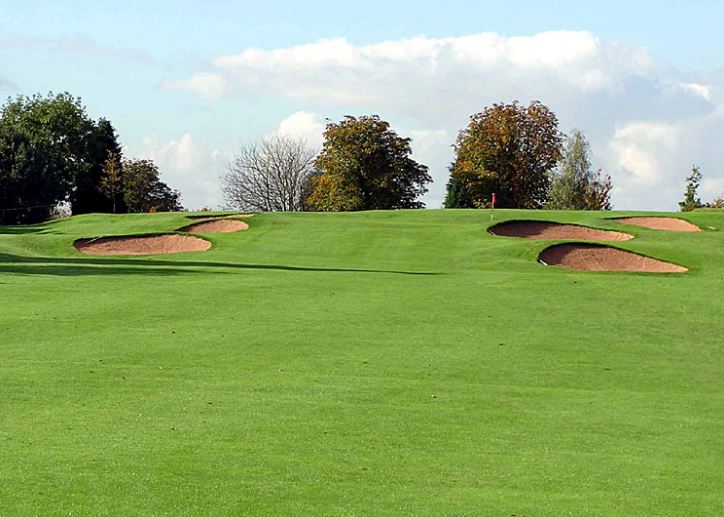Why is it essential to identify the grasses in a golf course? Well, it is because the type of grass used in a golf course, as well as in Putting greens, can significantly affect the outcome of a golf game. Also, these grasses can influence the way golfer would interact with the ball. With that being said, it is crucial to explore all the possible types of both artificial and natural types of grass and putting greens that could be used in a golf course.
In addition to that, golf course grasses help in determining the difficulty of each course, depending on its height and its type. In fact, if the grass is cut shorter, it allows less friction making the golfer’s swing a lot more powerful. On the other hand, if the grass is longer, it becomes more challenging to make a successful swing. So, with that, it is essential to identify the type of grass that is usually found on putting greens or golf courses.
Artificial Grass
Some golf courses or putting greens that are constructed in homes and professional golf courses use artificial grasses. It is because these artificial grasses provide advantages over traditional natural grasses. Some of the reasons why is that:
Synthetic Grasses are sustainable- In contrast to natural grass, synthetic grasses do not require a lot of consistent irrigation and fertilizer to eventually come through. Also, artificial grasses eliminate the requirement of using about 1,000 000 gallons of water to maintain their health.
Less maintenance is required- Additionally, synthetic grasses do not require mowing or tending like natural grasses. Because of this, it is excellent for household use if one is trying to have a homemade golf course at home.
No growing time- Natural grasses in golf courses could literally take a month to maintain since it tends to establish slowly. With that, it leaves a patchy or balding spot until the grasses eventually grow or come through. However, with the use of artificial grasses, your golf course could remain to look fresh for the next couple of years to come.
Types of Natural Grasses
Fescues- Fescues is a type of natural grass that is a popular choice among golf course designers. However, over its more than 300 species, there are only some specific types that can be used for golfing. Most often, because of its fast-growing capabilities, it is used for ornamental purposes and is usually positioned in unmown areas in golf courses. Aside from being used as a second-cut rough, Fescues are also used as putting greens. In fact, it can be placed in the Fairway if mowed extremely short.
Bermuda Grass- is known for its ability to withstand extreme heat or drought, making it perfect for putting greens or other areas with a little shade. Aside from that, Bermuda grass is also notable for its fast recovery rate. In the USA, Bermuda grass is prevalent. It is also the most viable choice for golfers.
Bent Grass- is the type of grass that is known for its perfect aesthetic. It is a known type of premium British lawn that has short, even, and perfectly flat characteristics, making it ideal for putting greens. Interestingly, although this grass grows naturally short, it can still be mowed even shorter. However, preparing bent grass onto your own lawn requires lots of preparation. Digging, as well as leveling is also need to attain the appearance of a perfectly well-maintained lawn. Moreover, using fertilizers must be done wholly in spring in order to prevent the grass from dying in winter.
Ryegrass- This type of grass creates less friction on the green. It also grows in an upright position, making it an increasingly well-used grass on the golf course. Also, using ryegrass, one can create an amazing striping, which is synonymous with golfing greens. Like most of the other lawn types of grasses, the ryegrass is able to withstand close-mowing, a reason why it is a suitable grass type in golf courses.
Zoysia Grass- Zoysia grass is the type of grass used to put in a Fairway. Interestingly, unlike its counterparts -Ryegrass and bentgrass, zoysia grass requires much less water to maintain. With that, it helps conserve water while increasing the sustainability of a golf course.
